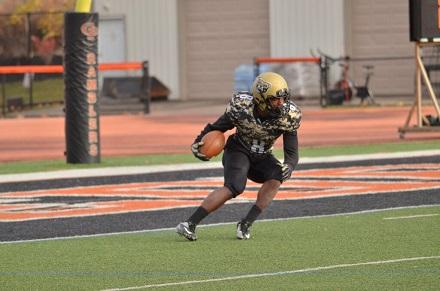
The National Club Football Association (NCFA) is the only inter-collegiate club tackle football league sanctioned by the National Federation of Collegiate Club Sports Leagues, L.L.C. in the United States. It was created to provide collegiate student-athletes with the opportunity to play competitive, organized college football and to continually improve this experience for all participants. In postseason, NCFA offers conference championships, playoffs and the National Championship Bowl.
Sports Destination Management: This is definitely college football season. How popular is college club football?
Sandy Sanderson: This is a big year for us. We have 30 teams. We have been hovering around 27 or 28 for a while so this is good growth. Our first season was in 2010 and we’ve been growing since then.
SDM: Has it been fast growth?
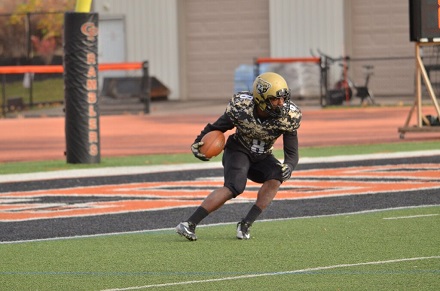
SDM: Most college clubs are student-coached. Is football as well?
Sanderson: No, at the football level, they are all non-player coached. Some schools will bring in a professional coach who might work on a part-time basis. Others have alumni from the team who have stayed in the area and they are willing to coach the team.
SDM: Do you see hesitation from the administration in giving approval to start up a program, given what we know about concussions?
Sanderson: Schools always want to avoid potential problems. But these days, we’re seeing schools starting to become a little less afraid of the risk; that’s what’s allowing more teams to get started.
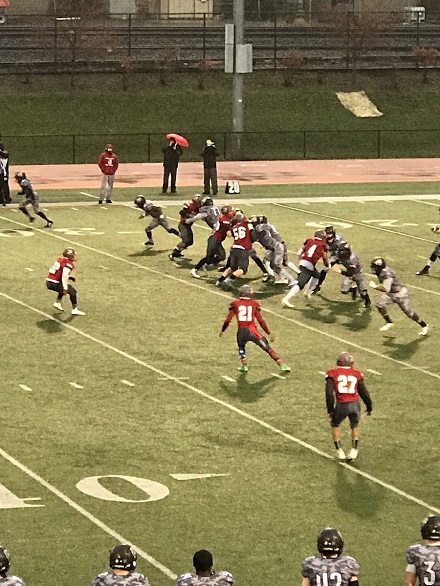 SDM: Why do you think college club football remains popular, despite the time it takes to set up a program?
SDM: Why do you think college club football remains popular, despite the time it takes to set up a program?
Sanderson: When kids go to college, they want to be doing something when they’re not doing schoolwork. They go looking for like-minded people and they might find them in activities or in organizations like fraternities. People who played football in high school are often really passionate about it and they want to play that sport in their spare time as well.
SDM: Do they tend to play all four years if a program is up and running?
Sanderson: Yes, they do. I would say their level of skill peaks when they’re a sophomore or junior. When they come in as a freshman, their skills are fresh and sharp but they’re tentative. The next few years, they’re more confident and their skills are good. By the time they’ve hit senior year, though, they see the finish line approaching and they have to focus on graduating and on what comes after college. Their priorities change.
SDM: Shifting gears, NCFA has a competitive postseason. What is the format?
Sanderson: We have our conference championships, in which the top two teams in each conference play one another. Winners The four conference champions go to the NCFA Playoff Games, which are held on a neutral site. The top two teams advance to the National Championship Bowl Game,
SDM: How do you go about picking locations for the Championship Bowl Game?
Sanderson: We let the officers in NCFA, the students, tell us what their priorities are. We poll them about what’s most important to them. In football, it’s all about geographic location and about that neutral site. They want it as neutral and central as possible. You have to think about the field quality, and also the weather since it’s the first week of December.
 SDM: Is that the way all club sports rae?
SDM: Is that the way all club sports rae?
Sanderson: No, on our baseball side, it’s a different story – they care about the facility, what’s around it and what there is to do in the area.
SDM: Getting back to the enrollment in the league – is any certain division or area that teams come from?
Sanderson: It’s kind of spread out across all the divisions. Some schools have club football because they don’t have a varsity program; others have a varsity team and a club team. In terms of geographic distribution, all our teams are on the East side of the country; we really don’t have anyone out west. In fact, Southern Illinois University Edwardsville is the team that’s the furthest out. I think that’s because the middle of the country is so spread-out that it makes it hard for school club teams to travel and play one another.
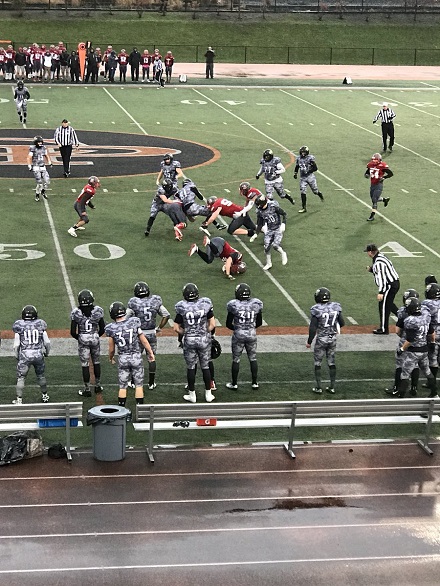 SDM: How is everything paid for – uniforms, pads, etc.?
SDM: How is everything paid for – uniforms, pads, etc.?
Sanderson: In club sports, schools charge each kid to be on the team; in other words, they pay player dues. That gives them a vested interest in the success of the team, and it makes them a little more dedicated to it; if they’ve ponied up money, they are going to come to practice. It’s different from the varsity. They’re also responsible for finding their own practice facilities and getting field time. Since a lot of schools don’t have the space on campus, the club will look for rec fields or high school fields they can rent for practices and games.
SDM: So the players pay for everything?
Sanderson: It varies by school. One of the models I like is when teams are required to fundraise and then schools will pay a part of the expenses as well, so the more you work, the more you fundraise and the more you get from the school.
SDM: So it puts the students in charge.
Sanderson: Yes, club sports are designed to be student-run. I love the student leadership development aspect of club sports. You learn a lot of valuable lessons. In addition to being responsible for fundraising and paying your dues and getting to practice, you learn things like time management – something there are no classes for in college.
Something we’ve seen is that some of these smaller schools that don’t have a lot of varsity teams to begin with will realize kids will still choose a college based on what sports they can play. If they are faced with two schools and one offers club football and the other doesn’t, someone who wants to play is going to choose the school with the club team. It can create so much interest and be a great way to market the school to students. College is a business. They are selling a product – the school – to potential buyers – students – and it’s all about making it more attractive. They need to ask themselves what it’s going to take to bring in that student.

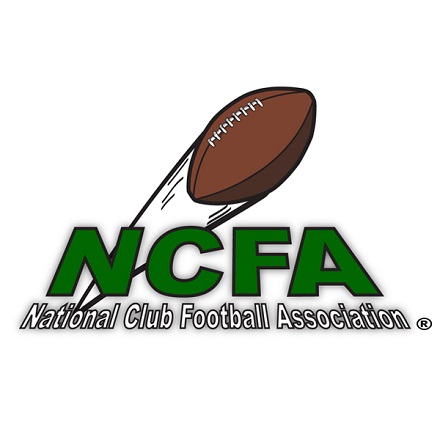 www.ncfafootball.org
www.ncfafootball.org